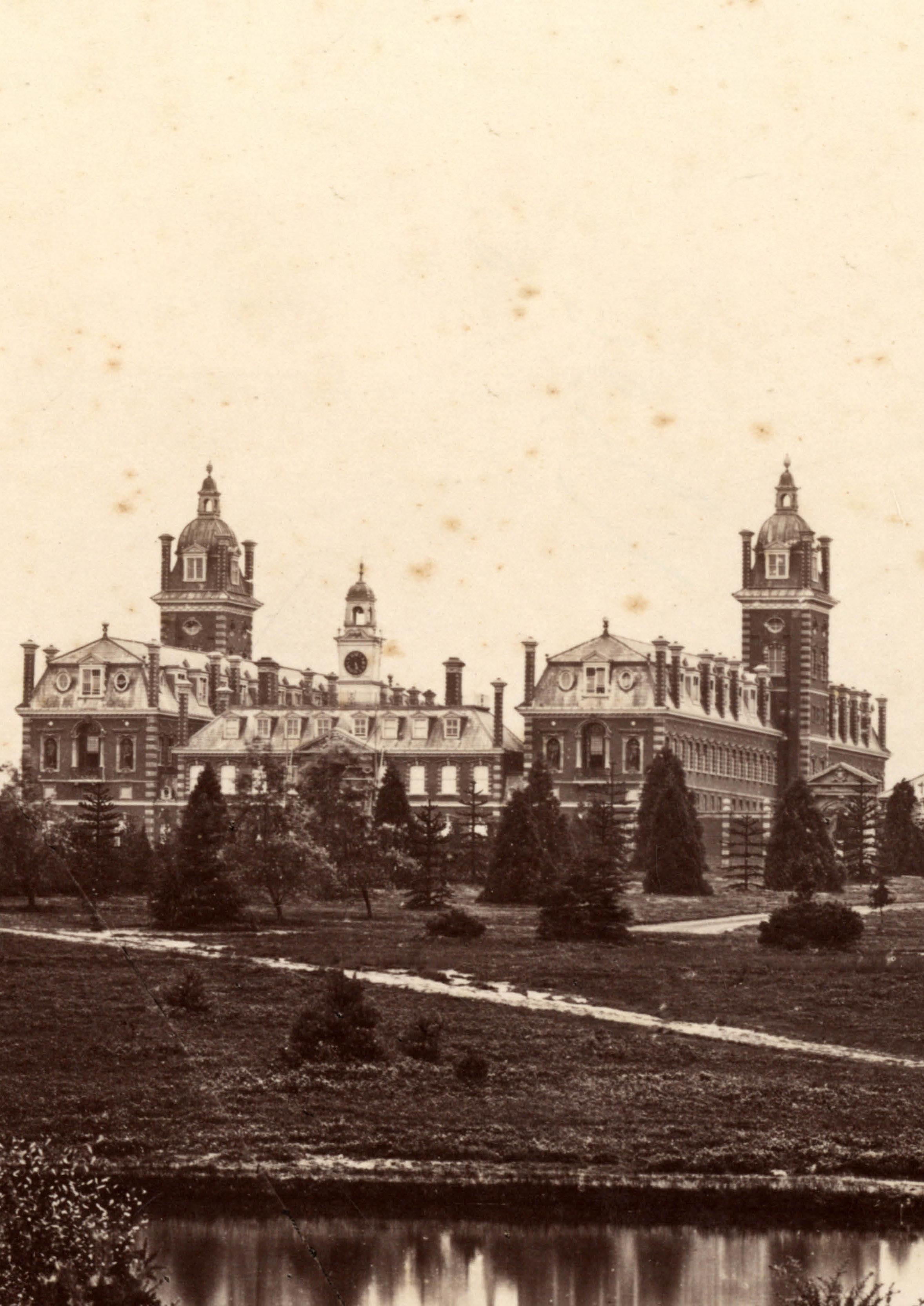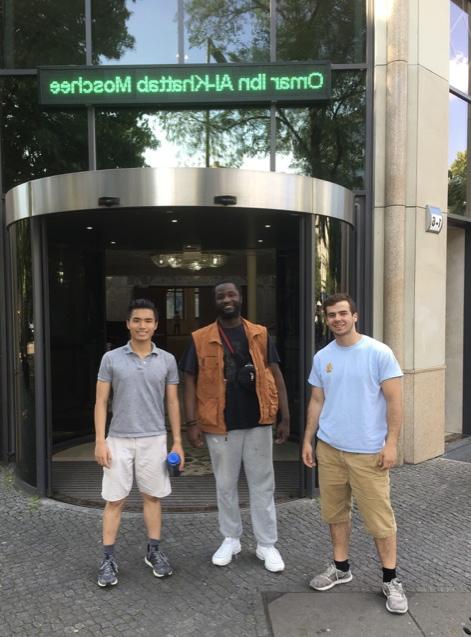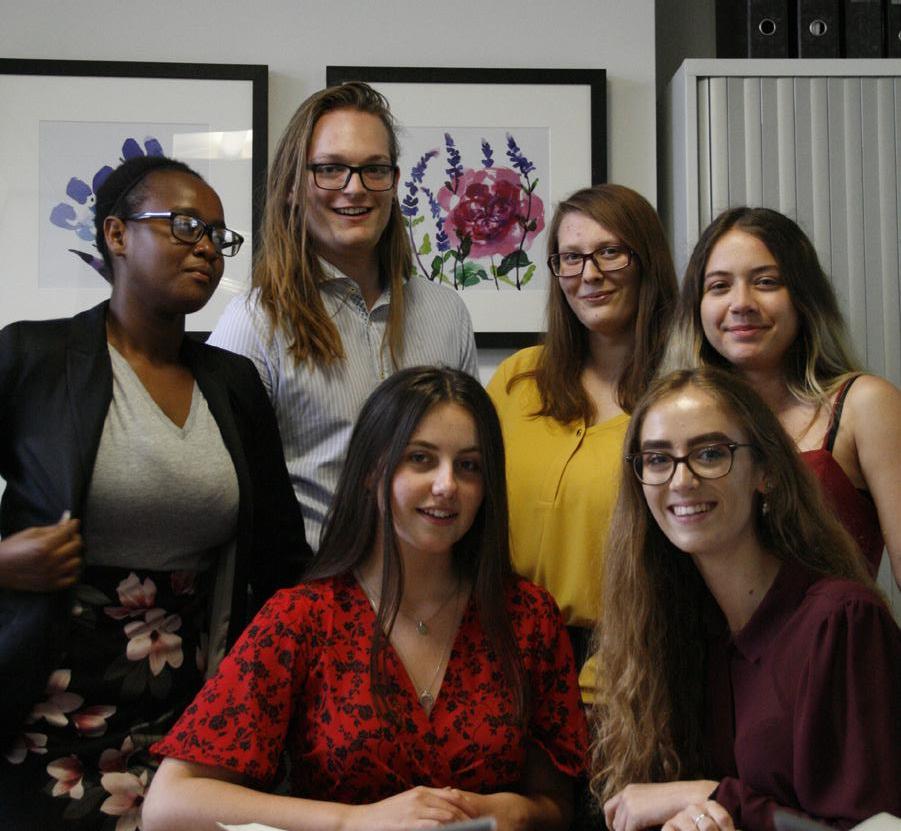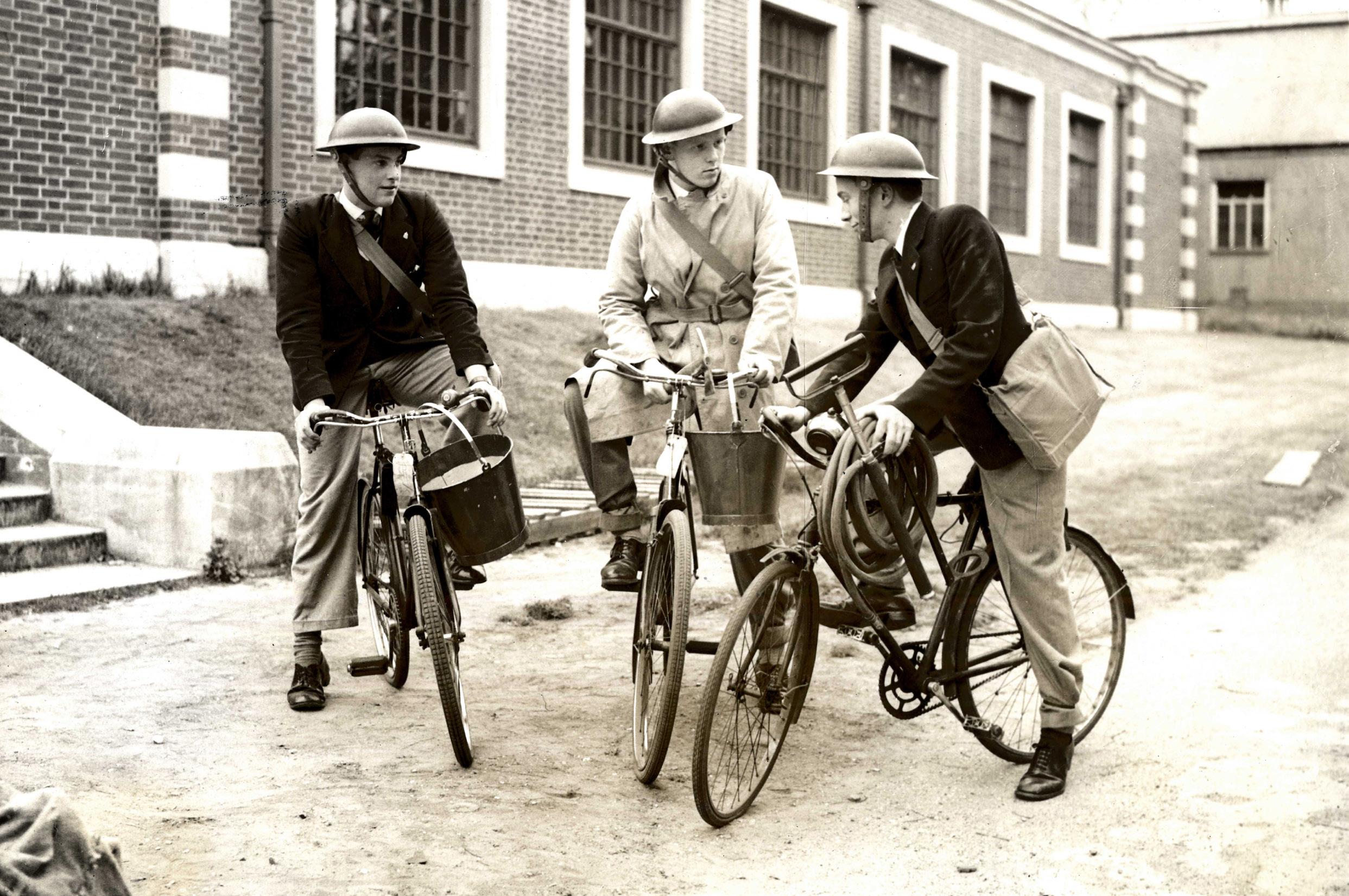
2 minute read
Art During Lockdown
ART DURING LOCK-DOWN
We have seen people get a lot more creative during this time at home with all different types of art. Our OWs have been sharing all the different projects that they have been working on during lock-down from sculptures to paintings to photography. We asked a few OWs to send us some images of what they have been during this time; they have also written a short paragraph to explain what they have been doing and how their art has changed.
Advertisement
Ed Harris (B1 97)
Paving a respectful move away from traditional portraiture to something more unexpected, my pieces aim to give lasting value to imagery that we love, but often remains buried and forgotten in our digital devices. Each piece I produce is a one-off, inspired by photographs that have captured the hearts and minds of my clients. I translate these moments of magic from photo to final artwork using hand-cut stencils and spray paint. In an age of mass-produced automation, this meticulous hand-crafted process is a welcome change from 21st century norms. During lock-down, the artist community has rallied with some ground-breaking initiatives to not only support artists with pledges and online marketplaces, but also to celebrate the positive impact and selfless contribution those on the NHS front-line have made. Over this period, I have been busy with my usual portraiture commissions, but have also offered free portraits for our NHS heroes. Creatively lock-down has allowed time to think, develop, experiment and explore many ideas. My classical series, including bringing sculpture and architecture to life through my stencil painting, is such an example.
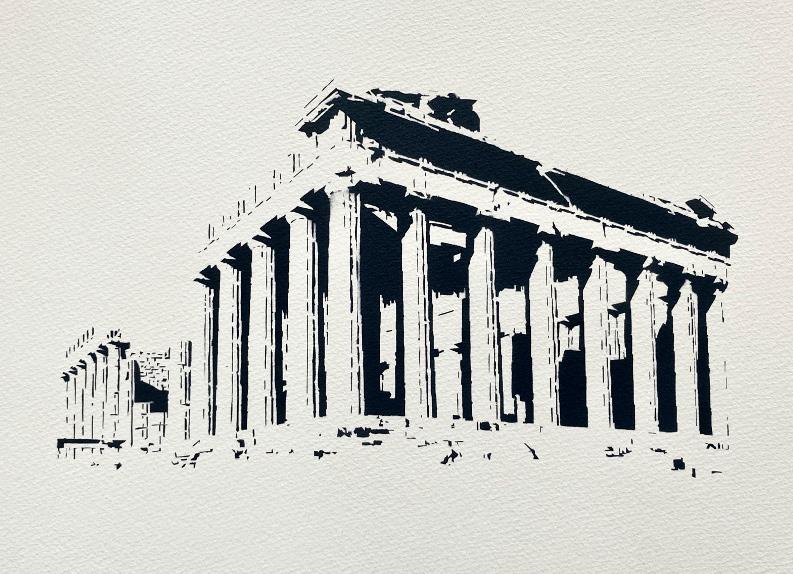
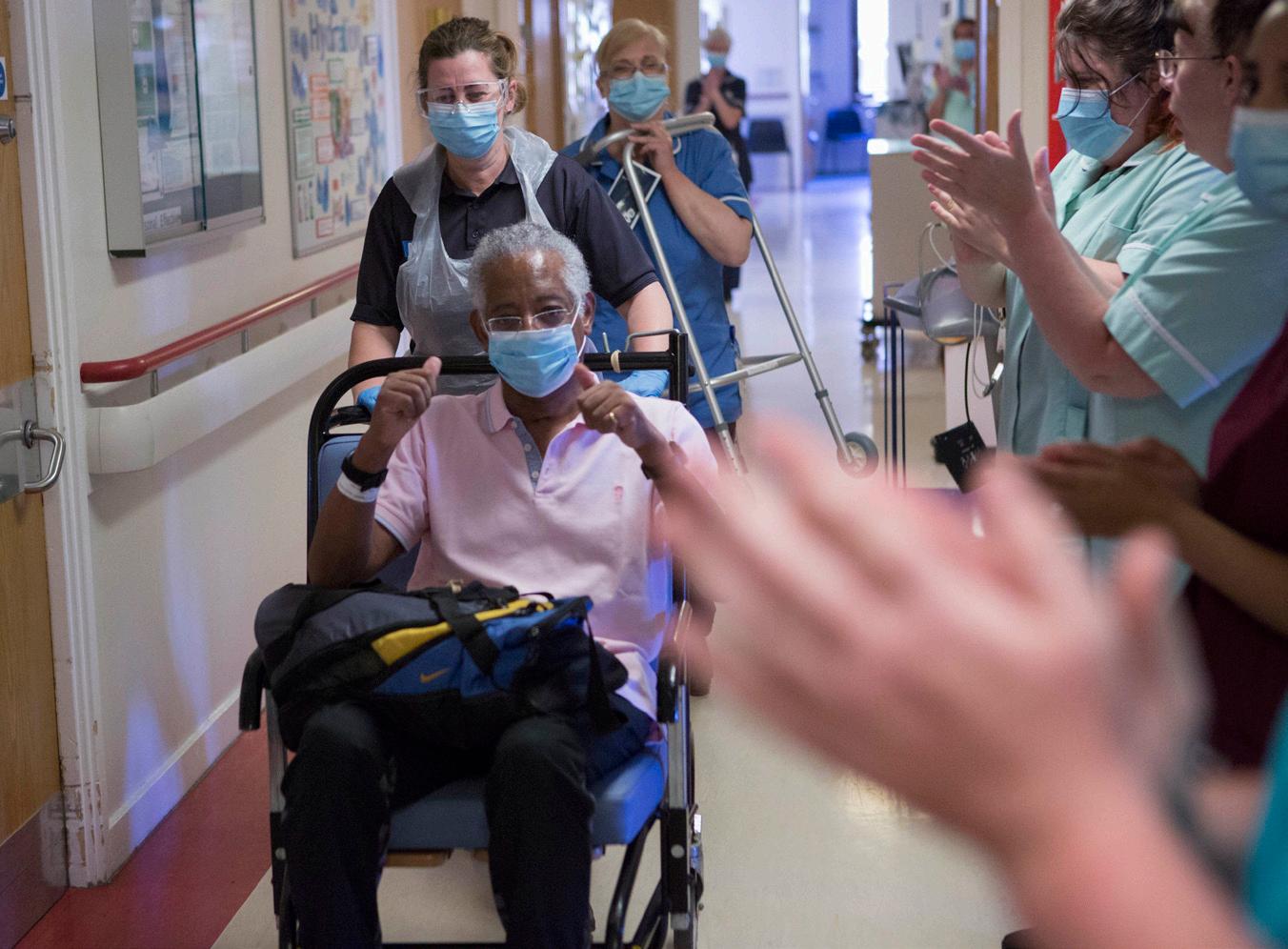
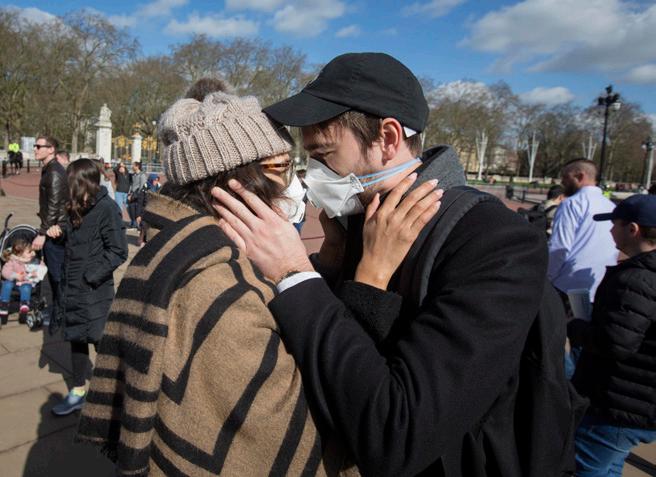
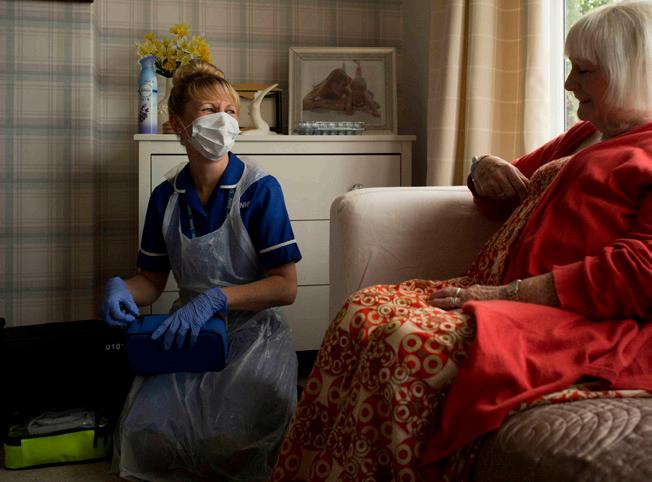

Rick Findler (Hg 02)
Covering the Covid-19 pandemic has been a bit of a challenge. As a photojournalist it was imperative to document such a monumental news story. It is my job to capture images that will provide us all with a reference to what the country was like during this terrible situation we have all found ourselves in. Empty roads and people clapping can only tell so much of the story, offering up a selection of pictures which seemed to dance around the real fact of 40,000 deaths. As outstanding and emotive pictures from other countries came flooding in about the true horrors of the virus, we here in The UK were being controversially denied any access into hospitals or any care system by the NHS. After nine weeks of negotiation, agencies were finally allowed to enter: enabling us to document the story at its source and to show people the true effect the virus was having on the nation — stencil painting, is such an example.

